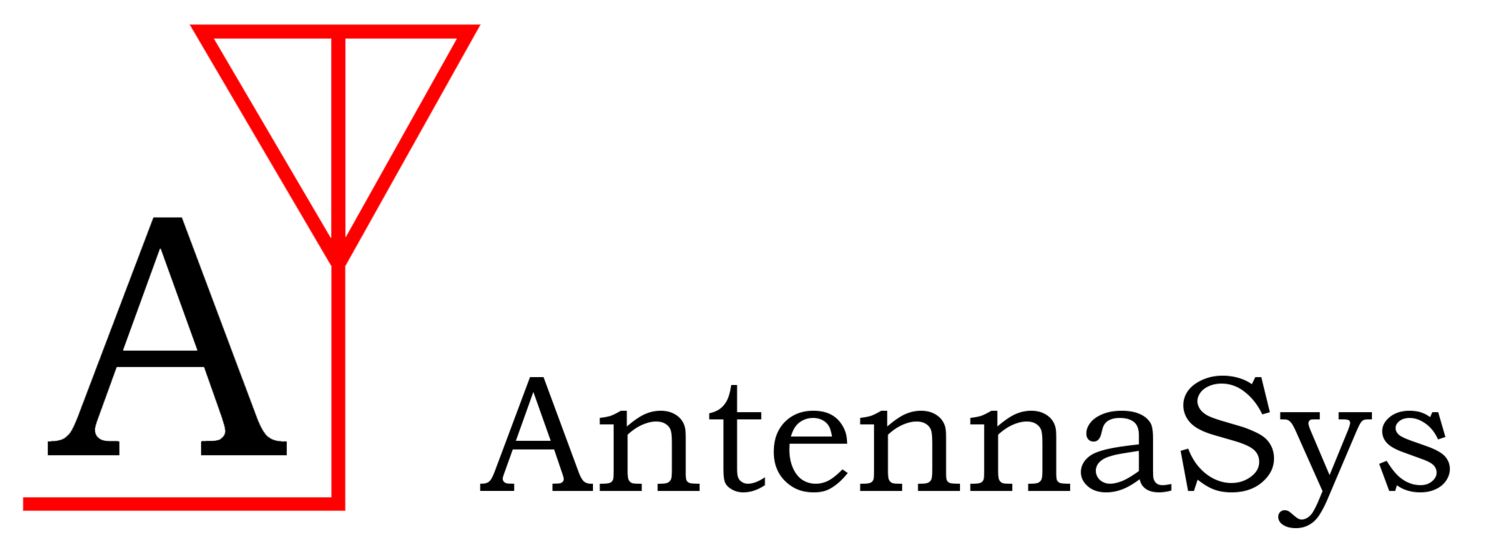Demystifying Antennas
Since my last blog post I have been working on multiple projects with multiple, wonderful clients.
Most significantly, I taught a training course on antennas over the course of two weeks. Eighty hours of training. If you've ever done training, that may sound exhausting. And you'd be right. But, boy, was it rewarding!
Getting opportunities to teach what I have been learning over the last sixteen years is, for me, a lot of fun. I have trained groups from the commercial, government and law-enforcement arenas. The topic of antennas is often intimidating for those that use them, but don't design them. It's seen as super-technical and borderline black-magic. Perhaps it's because RF and antennas seem to the uninitiated what Einstein called "spukhafte Fernwirkung" or "spooky action at a distance". You can't see it, but it works. As one antenna guy put it, "If RF was visible, we'd be out of business."
So, in order to train people how antennas work, you have to make the RF visible. And for two weeks, that's what we did.
We started with some physical demonstrations which explain how the dipole antenna works; and we make the claim that the dipole is the simplest resonant antenna you can construct. We spend some quality time watching water slosh back and forth in carefully constructed clear tubes. Then, once people have spent time developing a mental model for how the electrons slosh back and forth in a dipole (and have personally done the sloshing), they "get" resonance, radiation, and even impedance.
Next we get out a telescoping dipole antenna. The very same one we use as a standard in the AntennaSys lab. Add an RF network analyzer, a video projector and the strategic "laying on of the hands" and you have the next "ah-hah!" moment. The students start connecting their simplified physical analogy to the actual electrical system they are playing with. They can't see the electrons "sloshing", but now they believe it's happening based upon the real-time information the network analyzer is giving them. Now, they start believing they can maybe understand a little of this stuff.
Then we predict what would happen if we.....
shorten the antenna,
lengthen the antenna,
feed the antenna at a point offset from the center...
And then we back up their predictions and observations with computer simulations that introduce color-coded graphics which further confirm their observations.
Finally, we started actually building antennas. Everyone in the class made their own dipole. All materials came from the hardware store. Everyone communicated over radios between their hand-made dipoles.
Suddenly..... magic happens. The antenna is no longer a wonderful mystery. Wonderful, yes. Mystery, no.
We introduce more complex antennas: helicals, Yagis, corner reflectors, parabolic reflectors and more. Add a healthy dose of decoupling, polarization, directivity, transmission lines, Smith Charts, link budgets, multipath and a slew of client-specific topics and the week goes by pretty fast.
When you take a person from the "antenna as mysterious object" phase to the "it's all about getting the slosh right", you've created a better antenna user, a better product engineer, a better systems engineer, a better communications professional.
And the spukhafte Fernwirkung ain't quite as spooky as it was.
(Thank you Steve and Corinne for helping AntennaSys deliver a great course. A special THANK YOU to Agilent and Anritsu for providing the RF Network Analyzers used in my course!)
